Your cart is empty
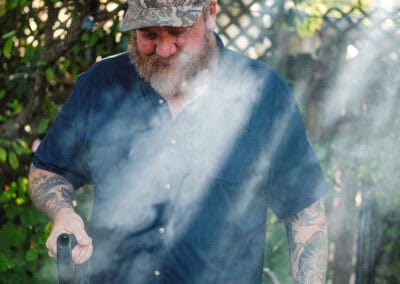
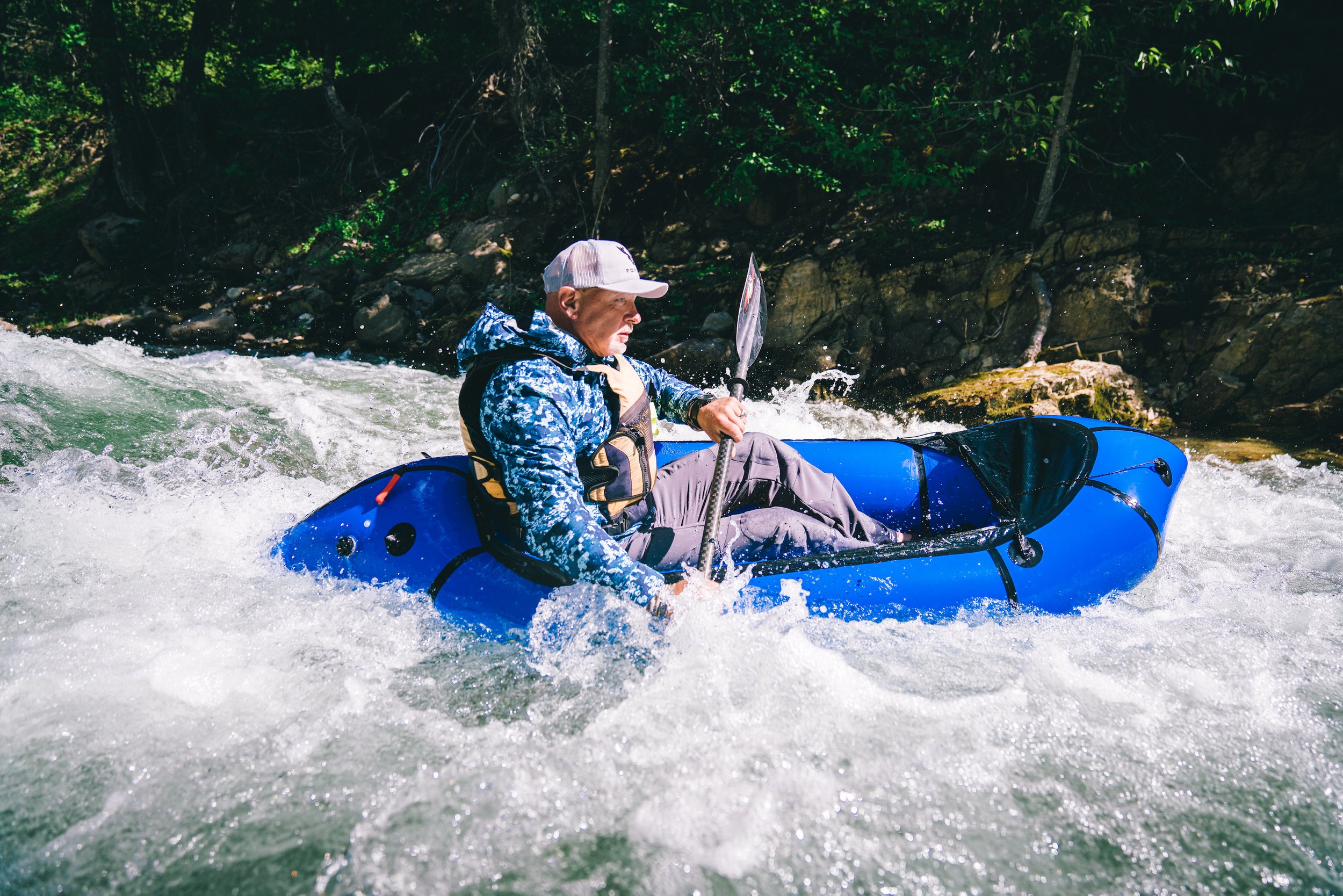
WORDS BY Tristan Scott
PHOTOS BY Tanner Johnson
PRESENTED BY Forloh
As a fish biologist specializing in native species, Pat Van Eimeren spent much of his career with the U.S. Forest Service promoting the “Four C’s” of native fish conservation — clean, cool, complex, and connected habitats. Today, Van Eimeren is retired, which means he spends even more time in the field, hunting and fishing in remote corners of the Bob Marshall Wilderness Area. Last year, while preparing for a 10-day mountain goat hunt in “The Bob,” Van Eimeren began searching for a gear and apparel company to outfit his trip, and in doing so he applied a modified version of the “Four C’s” to his selection criteria, which led to a partnership with the Whitefish-based brand Forloh.
“We talk a lot about the ‘Four C’s’ of fish habitat, so I invented the ‘Four C’s’ of Forloh,” Van Eimeren said. “There’s the caliber of the clothing; the comfort of the apparel; the concealment of the camo patterns, which blends in perfectly with the sub-alpine environment of The Bob; and the fourth and most important ‘C’ is the conservation value. Through their nonprofit foundation, they spearhead boots-on-the-ground conservation projects, and they promote the tenets of responsible hunting. Forloh checks all the boxes for me.”
Van Eimeren said his relationship with Forloh has sprung into a full-fledged ambassadorship, allowing him to apprentice fledgling hunters and convert them into wilderness advocates, sharing not only his field skills, but also his conservation ethics.
“There are people out there that we need to bring into the fold, to inspire them to be passionate wilderness users and to use it correctly, and that’s something that Forloh enables me to do,” Van Eimeren said.
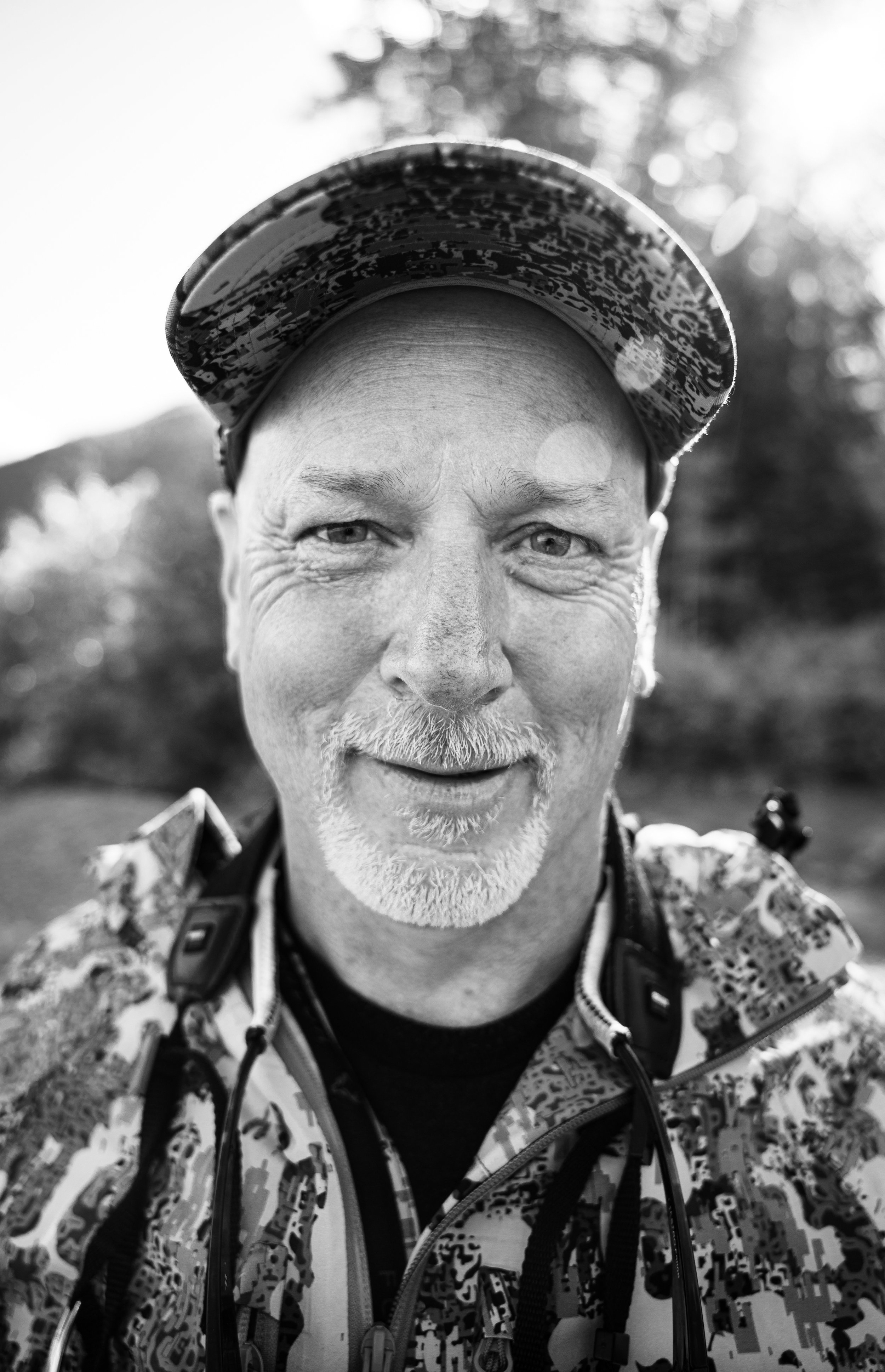
From his grad school days in the Gila Wilderness to a 30-year career as a fish biologist in “The Bob,” Pat Van Eimeren has devoted his entire life to safeguarding some of the wildest places on Earth.
Among the tight-knit fraternity of fish fanatics who share a devotion to preserving the wild, purebred trout that inhabit Montana’s Bob Marshall Wilderness Area, there’s little disagreement about why Pat Van Eimeren’s contributions to the landscape are so enduring.
“He cares deeply about the resource,” said Dan Short, a long-time chairman of the Flathead Valley’s chapter of Trout Unlimited, and a perennial fishing buddy of Van Eimeren’s. “He always has, and in a way it’s contagious. I remember one summer we were heading out on a fishing trip, it was during a bad fire season, and Pat was on his phone having a tense exchange. Afterward, I asked him what the conversation was about, and it turned out he’d been advising the fire boss about where on the river their helicopters could draw water without disturbing the bull trout. In the middle of wildfire evacuations, they were calling on Pat to ask him about native fish habitat. I was impressed with that. He was so passionate about his work as a steward of the resource, and he commanded a lot of respect because of it.”
Indeed, any angler who drifts a mayfly pattern over the burnished bottom stones of the South Fork of the Flathead River, which meanders through a broad swath of protected wilderness better known by its colloquial shorthand, “The Bob,” owes Van Eimeren a tip of the hat — especially if, near the end of that drift, a speckled flash of red happens to burst through the slippery surface, pirouetting in brilliant relief against the glacial-carved corridor’s limestone walls, the brawny pluck of a native cutthroat trout bending rod to river.
“There’s a good reason the cutthroat is Montana’s state fish,” Van Eimeren said. “They’re unique. They’re hardy. And they’ve persisted as a species for millennia in a place as wild as The Bob.”
At 57, Van Eimeren has had some success persisting in The Bob as well. He’s spent more than half of his life protecting the resources hidden deep within the contours of its million-acre wilderness paradise — a sacred place that, while not quite the genesis of his early proclivity to the natural world, certainly forged the confluence of his personal and professional passions.
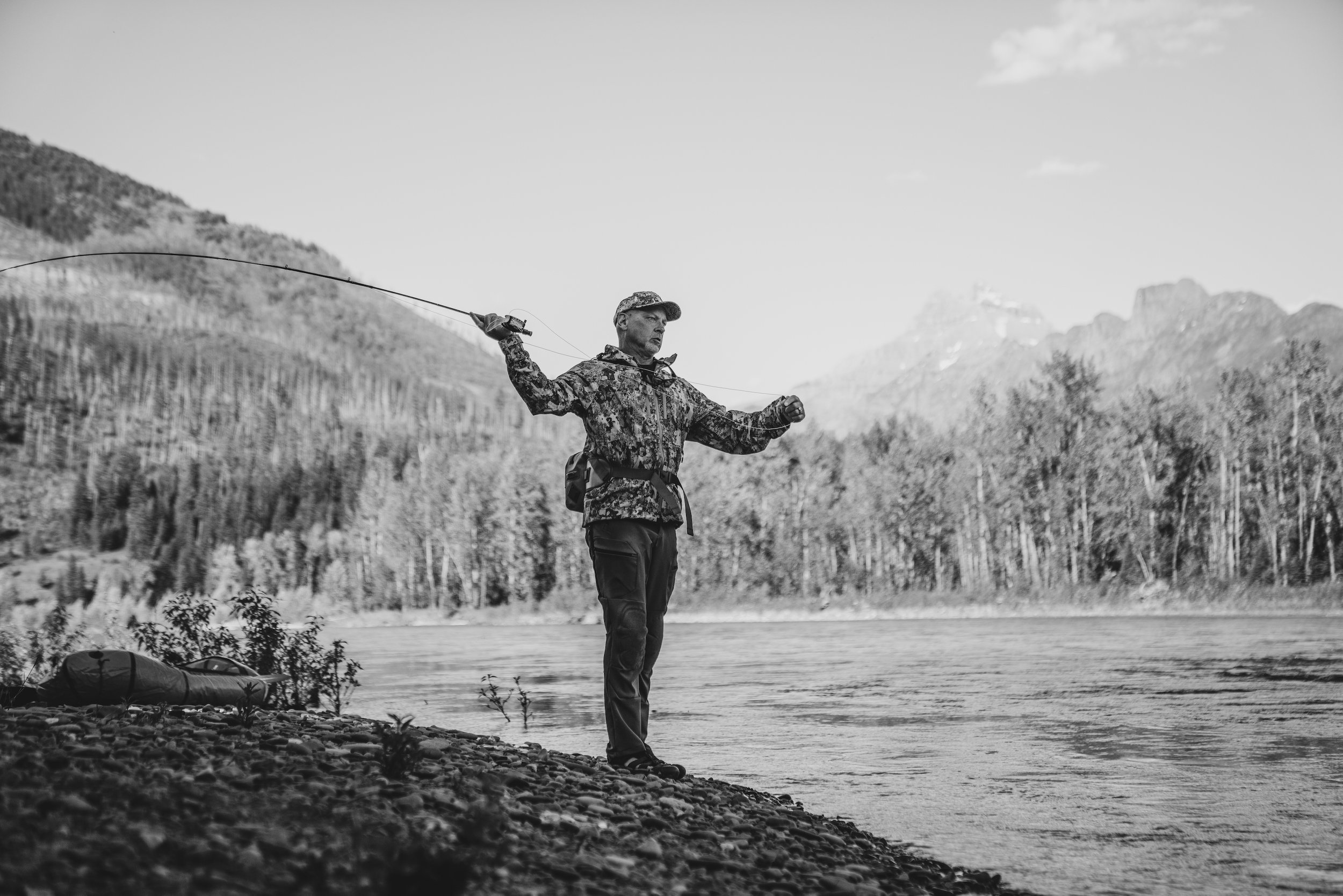
In the cold, clear waters of The Bob, the trout are hardwired to thrive, equipped with biological adaptations they’ve adopted over thousands of years. But they’re still thriving due in large part to the efforts of biologists like Van Eimeren, whose 30-year career with the Flathead National Forest centered on landscape-scale conservation work to protect one of the last remaining strongholds of cutthroat and bull trout in the lower 48. In recent years, those efforts have helped reverse the deleterious effects of legacy stocking, the (formerly) state-sanctioned practice of plopping nonnative species in remote alpine lakes for sport, only to have their inferior genes dilute the sterling-strained DNA of native fish, which are biologically engineered to withstand flood, famine, drought, wildfire, climate warming, and whatever other cataclysmic environmental stressors happen to converge on their ecological niche during a given historical epoch.
And yet, according to a pioneering study that Van Eimeren authored in 1996, less than 10 percent of the westslope cutthroat’s historic range still exists. In the more than two centuries since Lewis and Clark first inscribed the species into the nation’s vernacular during their famed 1805 expedition — the trout’s scientific name is Oncorhynchus clarki lewisi — the cutthroat’s range has dwindled, and genetically pure populations have come under siege. Historically one of the last, best strongholds for native cutthroat and bull trout, the region has seen its wild populations decimated by the explosion of invasive lake trout, reducing Montana’s aquatic darlings to imperiled icons and pushing the species toward the brink of extinction. Today, westslope cutthroat are considered a state-listed “species of concern” in Montana, while bull trout remain federally protected under the U.S. Endangered Species Act.
With that in mind, in 2007 Van Eimeren joined the ranks of the region’s top fish biologists and set out to preserve and restore the prized westslope cutthroat fishery in the pristine South Fork of the Flathead, which cuts through the heart of The Bob. Recognizing the pressure of hybridization, Van Eimeren and the other architects behind the South Fork Flathead Cutthroat Conservation Project spent years systematically removing nonnative fish and replacing them with pure westslope cutthroat. With Van Eimeren’s help, fish biologists identified 21 lakes in the Bob Marshall Wilderness Complex, and every fall chemically treated one after another with a piscicide called rotenone, killing off the hybrid populations and re-stocking them with genetically pure strains of westslope cutts.
Although it was initially beset with controversy, the project is now widely viewed as a groundbreaking conservation success, piquing the interests of fisheries managers across the country, even as its scope remains unrivaled.
“I still can’t believe we didn’t get sued,” Van Eimeren said. “But that was an ambitious project, and it involved a lot of people.”
One of those people is Matt Boyer, the science program supervisor for Montana Fish, Wildlife and Parks’ Region 1, who served a key role in bringing the project to fruition. He credits Van Eimeren’s fierce work and conservation ethic as invaluable.

“The amount of ground Pat covered on that project was pretty astounding, and it was pretty unique,” Boyer said. “He was not by any means a desk-bound fish biologist. He was always out in the field and he knew the streams and rivers firsthand, which was huge. A lot of biologists in Pat’s position spend all their time in the office working on administrative projects, conducting environmental analyses for timber sales, but Pat was always out in the field trying to better understand the resource.”
In doing so, Van Eimeren helped fine-tune the interplay between science-based manipulation and natural selection, giving rise to a new era of fisheries management, through which efforts to re-establish, jumpstart and bolster genetically pure populations are gaining ground, while the potential for applications in other historic strongholds is bright. Massive, landscape-scale conservation efforts are in the works across Montana, including translocation of native species, drainage-specific stocking, eradication of invasive species, and rearing of genetically pure trout.
“Some people think you develop a God complex doing that kind of work,” Van Eimeren said, seated outside a brewery near his home in Whitefish, sipping something strong and cask-conditioned. “I just try to commit to the principles of the Wilderness Act, of having a landscape that’s untrammeled by man, unmanipulated, and to leaving it the way that it has been for millennia. If you have a conservation opportunity to correct some of our mistakes, that’s an opportunity worth taking.”
It’s an opportunity that Van Eimeren seized on at an early age when he first learned to correct his own mistakes. Growing up in rural Wisconsin, Van Eimeren spent his childhood plying nearby lakes for spooky walleye and yellow perch, captivated by their elusive allure. When he discovered a federal fish hatchery not far from his home, he couldn’t resist the temptation.
“I was fortunate to grow up with that fish hatchery in my backyard,” he recalled. “I would hop the fence and go fish the raceways after dusk. And, of course, I’d get caught. The workers would catch me, tell me that I was trespassing, and punish me by making me clean the raceways. They put me to work. And that’s how I discovered that you could have a career in something like fish. It’s kind of ironic, though, that I spent my time as a kid getting into trouble stealing a federal resource, and then spent my career managing natural resources for the Forest Service.”
An ecology class in high school further catalyzed his interest in the natural world, and on an assignment, he chanced upon a grouping of research ponds, which he later learned were established by Aldo Leopold, the renowned naturalist, ecologist and author who set the gold standard for environmental ethics, and whose emphasis on biodiversity serves as a guiding star for Van Eimeren to this day.
After high school, Van Eimeren enrolled at the University of Wisconsin–Stevens Point, where he initially studied chemical engineering and paper science before shifting his academic focus to fisheries science after just one year.
“I realized the paper mills were not for me,” said Van Eimeren, who completed his graduate studies in 1988 at New Mexico State University, on the edge of the Gila Wilderness, upon which Aldo Leopold furnished some of the nation’s earliest environmental protections in 1924, four decades before it became the first congressionally designated wilderness area.
“In college, I was captivated by the legend of Aldo Leopold, and by his role as one of the founders of the wilderness movement,” Van Eimeren said. “I felt pretty privileged to have grown up in an environment where he’d done research, and then to pursue my masters work while studying Gila trout in the Gila Wilderness that he helped create. I decided right then that I wanted to spend a good chunk of my time in a wilderness setting.”
But first, he had to learn to navigate the administrative bureaucracy that oversaw and managed wilderness areas with a capital W — the U.S. Forest Service. In 1988, his first job out of graduate school involved surveying spotted owl nesting sites in the old-growth forests surrounding Forks, Washington, which saw him thrust into the middle of the timber wars, an environment fraught with politics and bitter divisions.

“It was indoctrination by fire,” Van Eimeren said. “Coming on with the Forest Service as a brand new biologist and being put in charge of surveying for owls, which were the poster child of the timber wars, was tough. I was afraid to send my crews into the woods because the loggers would try to run us off the road and the environmentalists were making bomb threats. We were getting it from both sides.”
“In hindsight, that was a great way to learn about the controversy in public land management,” he added. “I got to watch as the timber industry retooled its thinking and pivoted away from old-growth logging. After that, there was a move toward more sustainable forest management.”
In 1992, Van Eimeren was reassigned to the Flathead National Forest in northwest Montana, which encompasses the Bob Marshall Wilderness Complex.
Ever since then, he’s felt right at home, proving a quick study of his new surroundings. As a biologist, Van Eimeren’s new territory comprised a sprawling landscape, tracking from the Canadian border down along the three forks of the Flathead River to the Continental Divide, and from Glacier National Park south around Hungry Horse Reservoir to the Bob Marshall and Great Bear wildernesses.
As an avid fly fisherman and hunter for his entire adult life, Van Eimeren was brimming with excitement to be working and playing on the edge of The Bob, eager to stalk elk, deer, moose and mountain goats. He even had a chance to tangle with some wolves just as they were making a return to the landscape.
Gray wolves once were abundant in the Northern Rockies, but homesteaders and trappers had killed them off by the early 1920s, and in 1973 they were placed on the Endangered Species List. Plans to recover wolf populations in Montana, Idaho and Wyoming took shape in 1980, and by 1996 more than 30 wolves had been captured in Canada and translocated to Yellowstone National Park. Meanwhile, Canadian wolves had already begun to colonize the Glacier National Park area through their own volition.
In 1996, a young U.S. Fish and Wildlife Service biologist named Joe Fontaine was working on the federal agency’s Wolf Recovery Team, responding to complaints of livestock depredation as the carnivores re-emerged on the landscape, often by tranquilizing the animals and relocating them. On one occasion in February of that year, Fontaine found himself having to dart four wolves that had killed several head of cattle on a ranch near Marion. Working alone, however, Fontaine didn’t have the wherewithal to ferry them into a remote location on the edge of The Bob, along the Spotted Bear River.
To assist him, Fontaine recruited Henry Rivera, a wildlife biologist for the Flathead National Forest’s Hungry Horse and Spotted Bear Ranger Districts, who in turn suggested they tap Van Eimeren to round out the relocation mission.
“I will never forget Joe driving up to the ranger station in Hungry Horse with an anesthetized wolf riding in the front seat like it was a sleeping dog, and three more unconscious wolves in the back seat,” Van Eimeren said. “We got them wrapped up in sleeping bags and bundled them onto these cargo sleds and started towing them on snowmobiles, just motoring up Hungry Horse Reservoir toward Spotted Bear.”
He continued, “About a half-hour in, and Henry’s wolf started moving inside the sleeping bag. So we pulled over and Joe gave him another shot of sedative. I said, ‘Joe, what about mine?’ And he told me that since I had the alpha, he’d given him a double dose and he should be good. After another half hour, I looked back and the sled was covered in snow and I was certain my wolf was overdosed and dead. I got off my sled and said, ‘Hey, Joe, I think he’s dead,’ and all of a sudden this wolf just comes barreling out of the sleeping bag at me. His hind legs were still asleep but he was lurching at me and Joe was scrambling to give him another shot, telling me to grab him by the muzzle. We finally got him stuffed back in the sleeping bag and we were on our way, but I don’t think I can ever repeat that feeling.”
As much as Van Eimeren’s professional reputation is staked on fish conservation in The Bob, it’s the inspiration he’s drawn from the wilderness stalwarts before him, as well as his affinity for chasing wild game, that recently delivered him full circle. It’s a trajectory that began taking shape during his early years as a newly minted biologist in Montana, and which charted his growth as a regional fish and wildlife expert, a master hunter, and a father, committed to endowing his own son with a similar appreciation of the same resources that have enriched his life.
For Van Eimeren, however, the circle wasn’t complete until he drew a coveted mountain goat tag last year, just as he was stepping into retirement.
“It was a heck of a retirement gift,” he said. “I applied for a mountain goat tag in the Bob Marshall Wilderness my very first year in Montana, in 1992, and I have applied every single year after that. I finally drew one after 28 years of waiting. There’s something symbolic in that, the patience that’s required to cultivate something bigger than ourselves, something like the Wilderness Act that set all this aside.”
Holding the lone goat tag in a 300-square-mile expanse of The Bob, and with 30 years of anticipation welling up inside him, Van Eimeren took advantage of the freedom retirement had recently afforded him by scouting the area for much of July and August, glassing its glacial cirques in search of his quarry before carving out 10 days in October for the hunt itself.
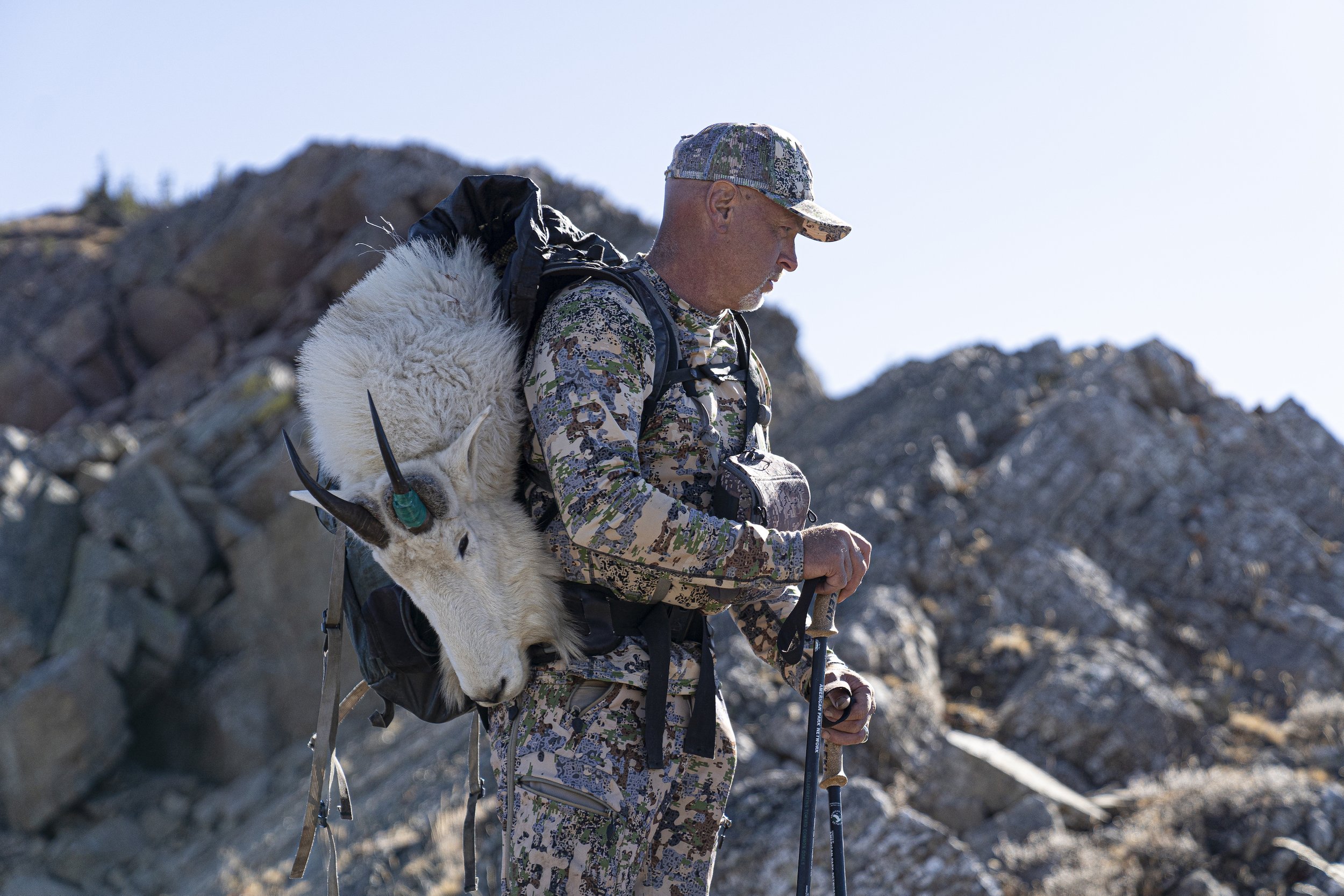
“As it turned out, I didn’t need 10 days,” Van Eimeren said, describing a hunt that ended successfully on the second day of his trip when he took a billy from 50 yards away. “We got packed in on a Monday and I shot my goat on a Tuesday. I had to pack beer out of the wilderness, which was a first for me.”
In retirement, Van Eimeren has taken greater care to share his skillset and intimate knowledge of the backcountry with a younger generation of hunters and anglers, including through his involvement with the Master Hunting Program, an advanced hunter education curriculum led by One Montana, a nonprofit based out of Bozeman, with an emphasis on conservation and improving relationships between landowners and hunters.
He’s also fostered relationships among a growing stable of outfitters, guides, packers, and his ambassadorship with Forloh, which grew out of a shared conservation ethos and a passion for things made in America — 100% of which Forloh is. This has established new channels through which to pass along his hard-earned conservation chops to a younger, less experienced set of hunters, not as an act of charity, but as a means of paying forward the invaluable lessons he’s gleaned from the likes of Bob Marshall, Stewart Brandborg, Robert Cooney and Aldo Leopold.
“We owe it to follow in the footsteps of the conservation giants that fought for wilderness before us,” Van Eimeren said. “I don’t know if we are going to have advocates of their caliber in the future, people who pushed society to see the value in preserving these wild places not only for wildlife but for mankind. But we need to try and inspire them. I’ll keep doing my part for as long as I can.”
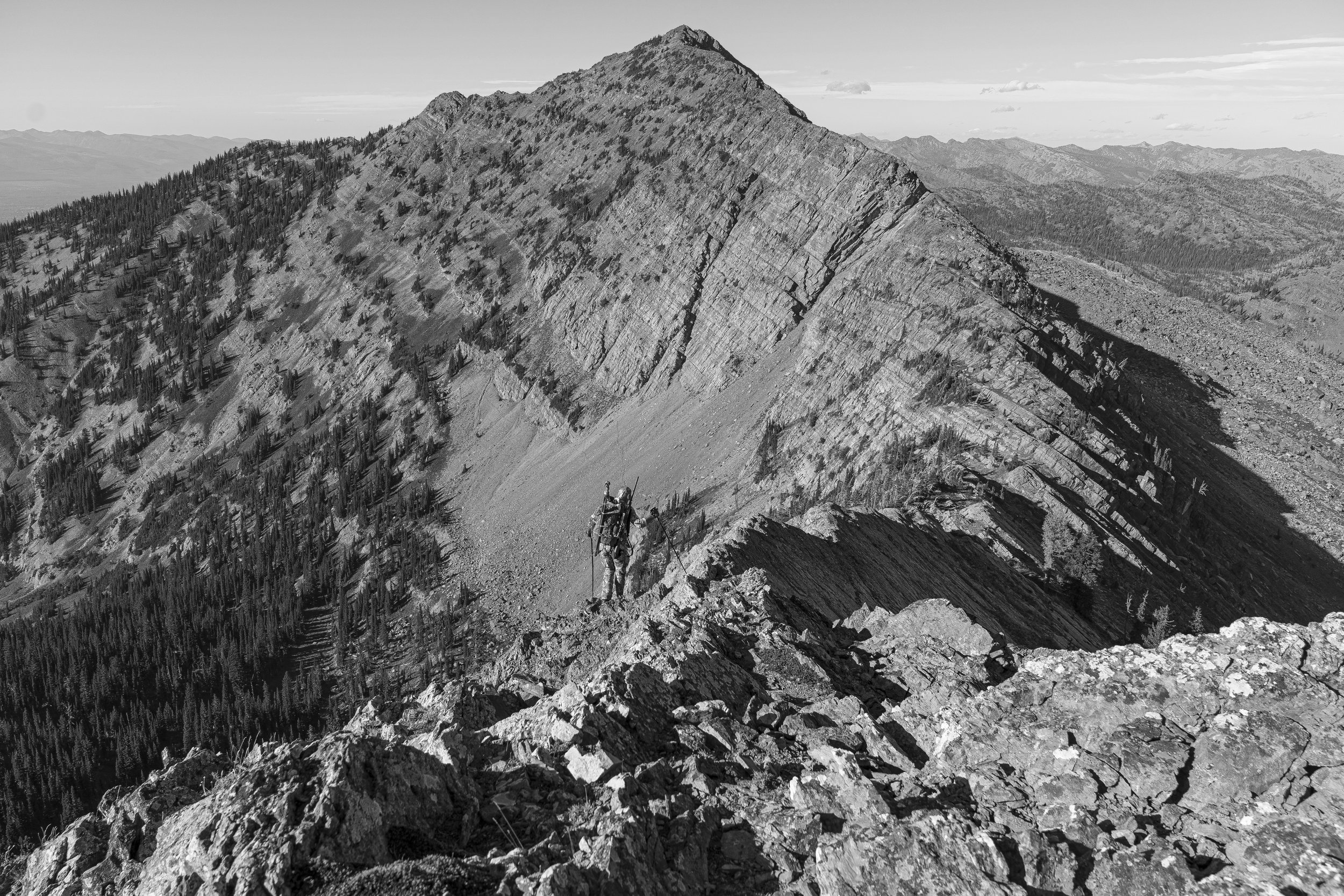
Originally published in Modern Huntsman Volume 7
Related Stories

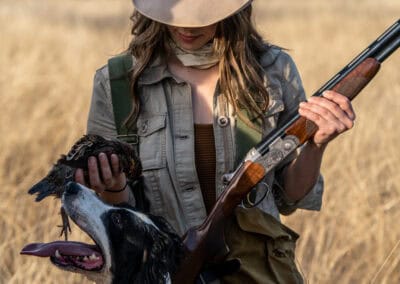

Latest Stories


